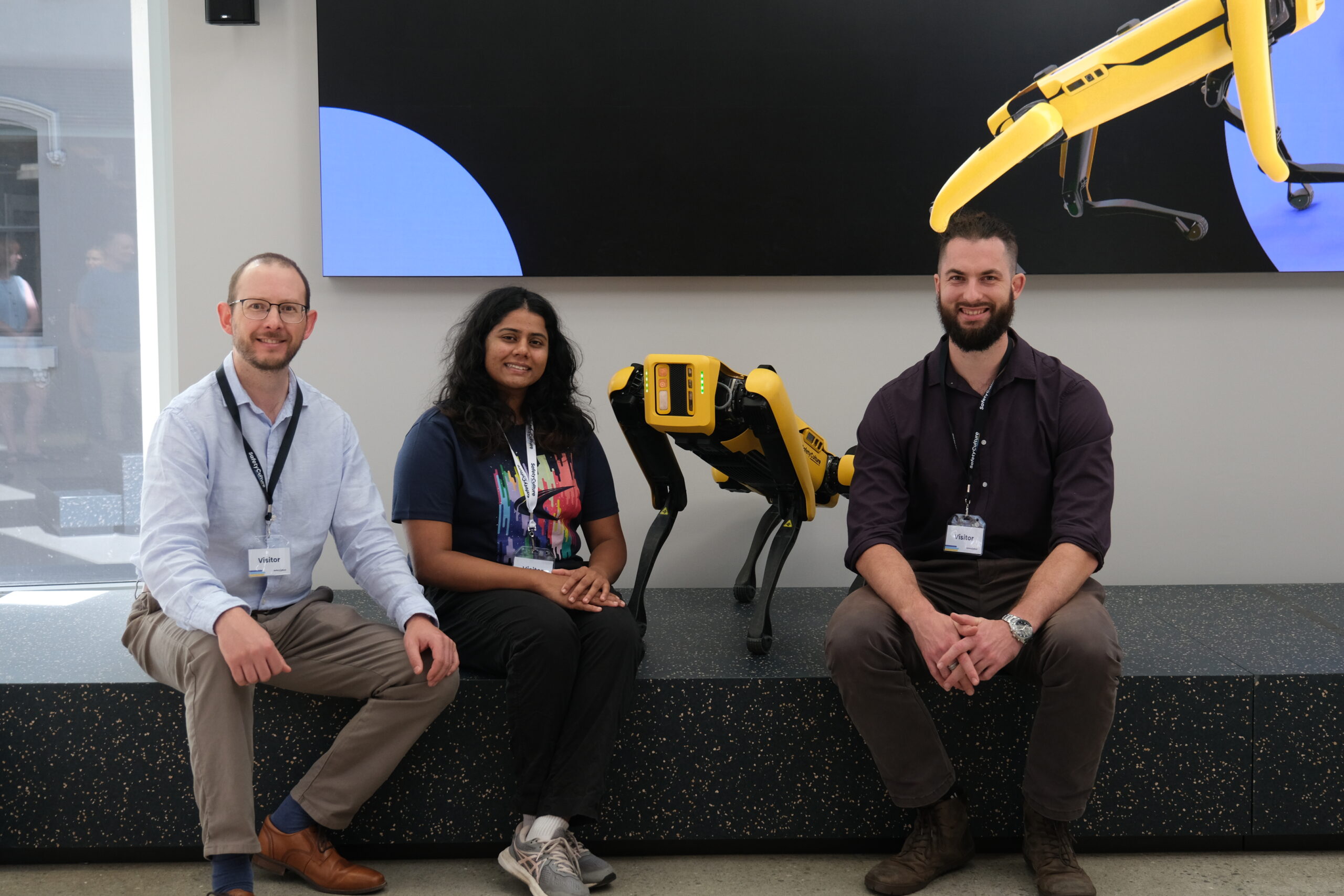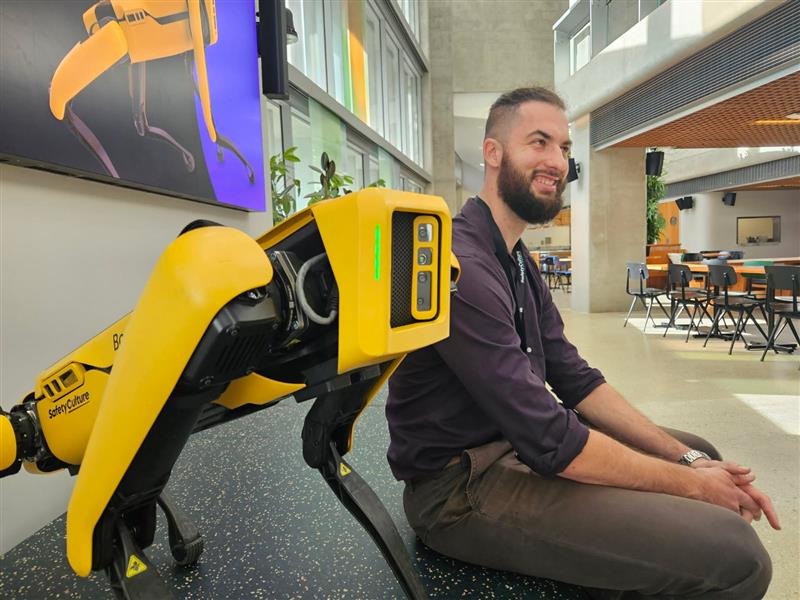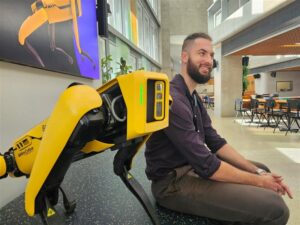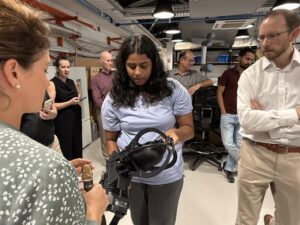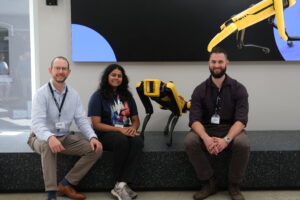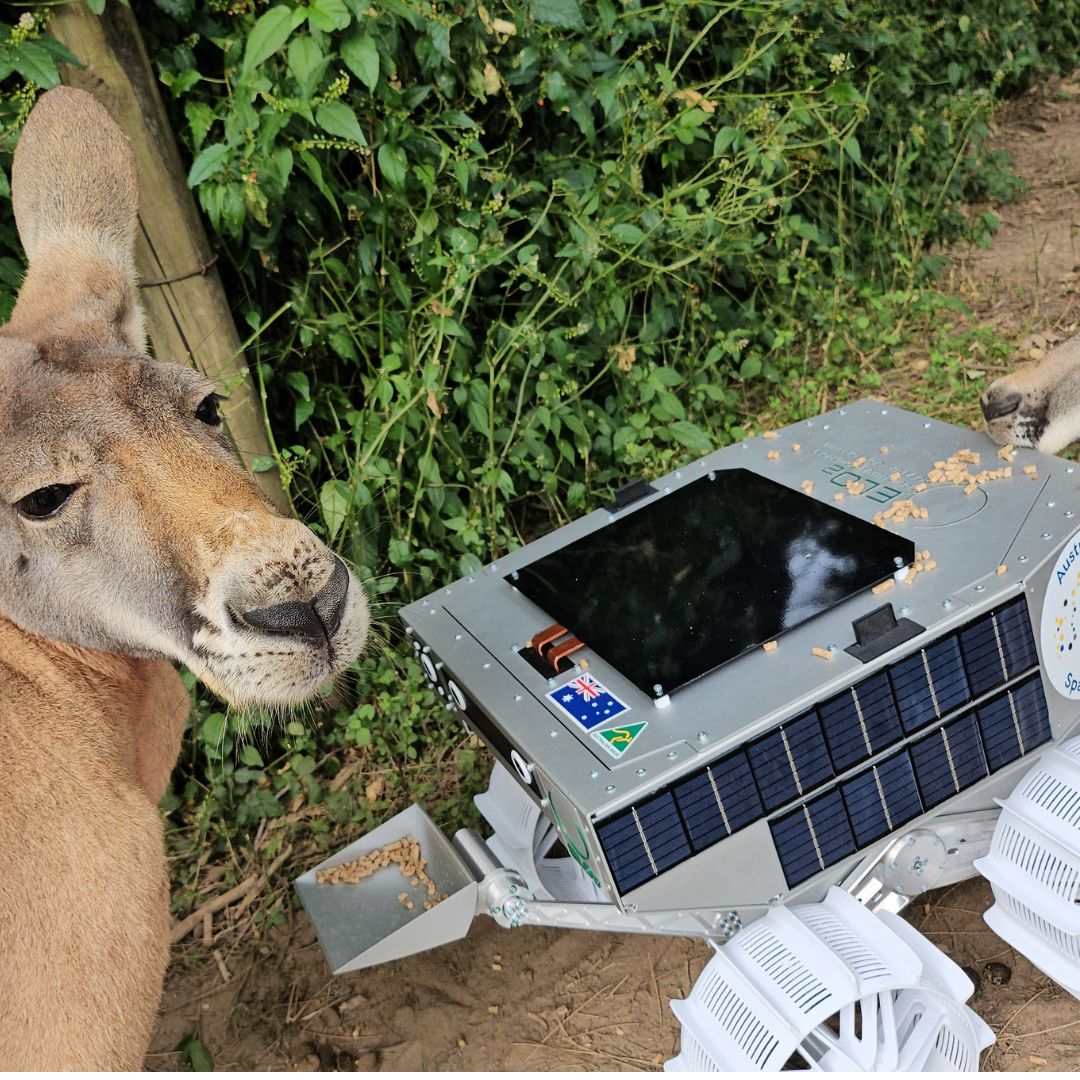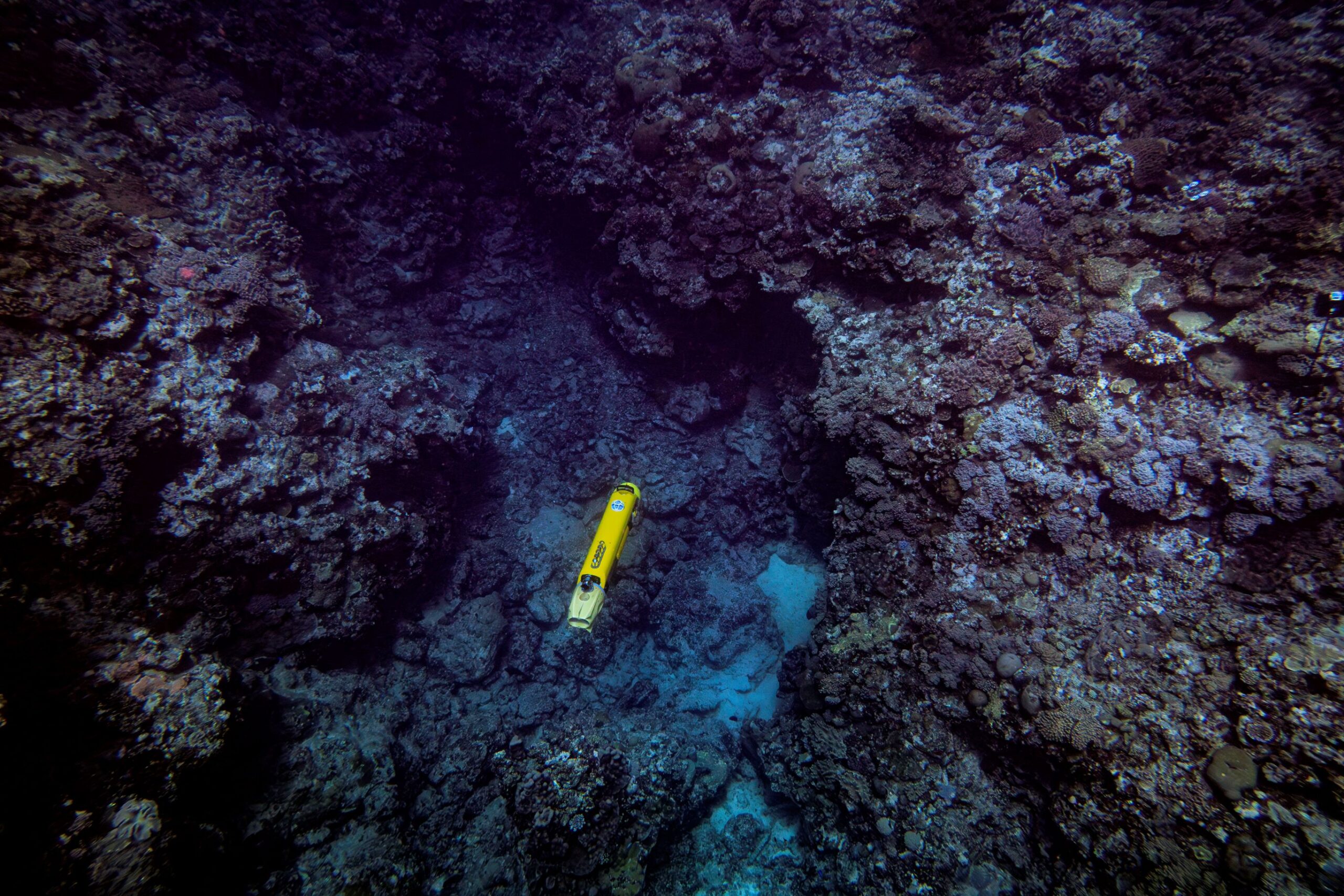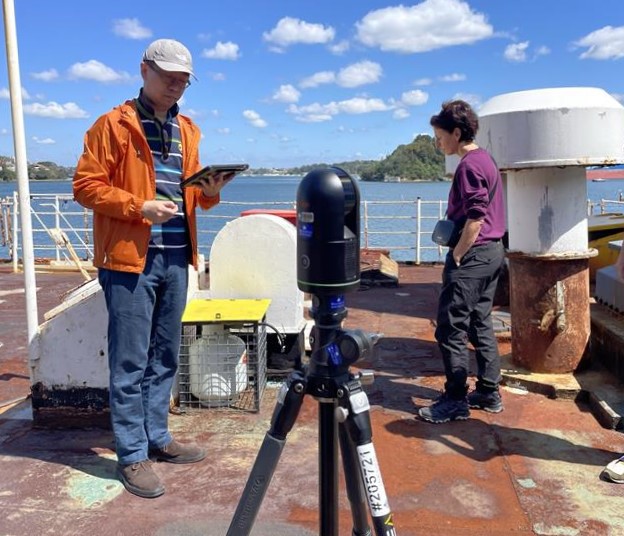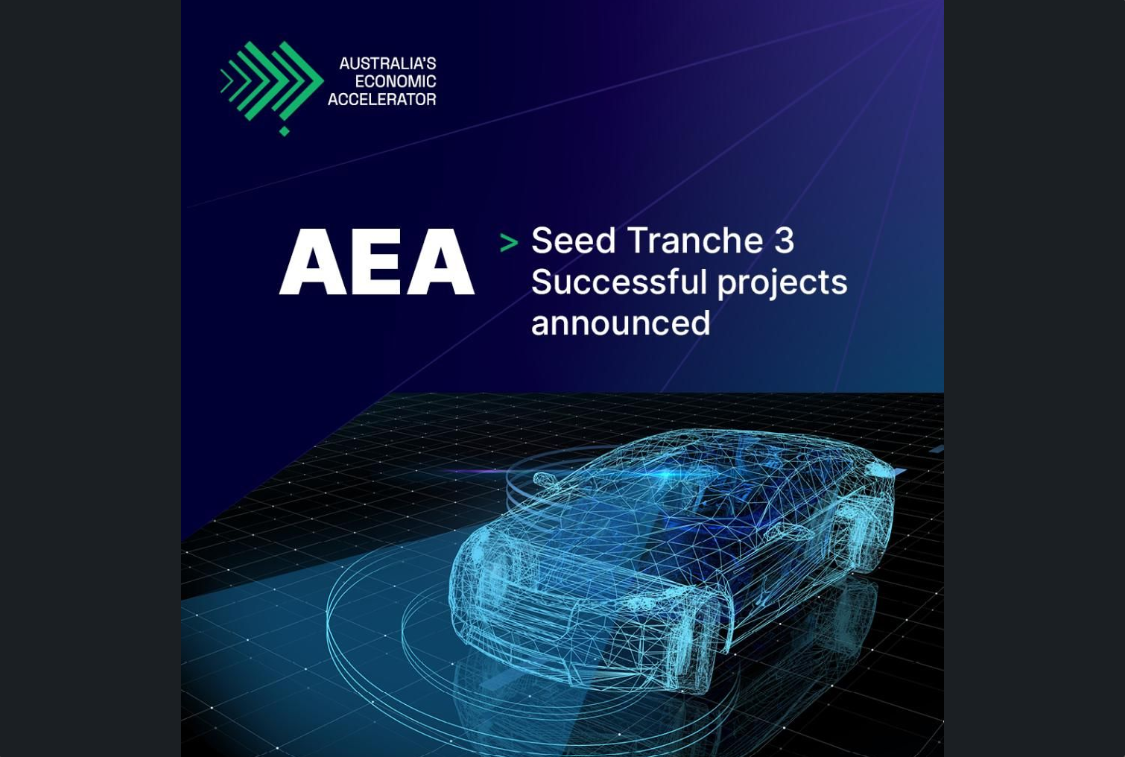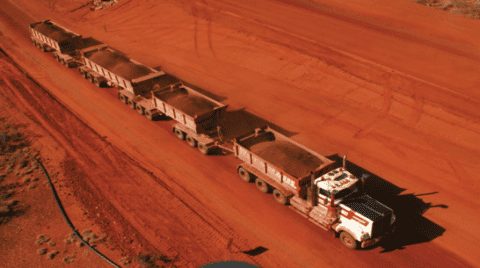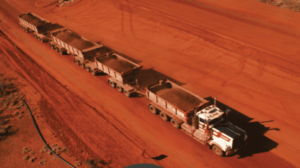On the back of their recent win of the Boston Dynamics SPOT robot, we interviewed PhD researchers Michael Somerfield and Bina Rajan about their plans for the quadruple robot, including how they will modify its capabilities to enhance their workflows.
How do you see Spot aligning with your current academic research goals?
Michael: My research is directly in the field of Legged Robotics, so the spot allows me to test my research on a world-class platform.
Bina: My work is oriented around understanding the behaviour of camera blur on moving platforms. it would be interesting to understand this behaviour on a quadrupedal platform like spot.
What tasks or experiments do you envision Spot performing in your research?
Michael: I would like to test out climbing over and around complex obstacles, where you need to consider not only the shape of the object, but also the order in which you take your steps, similar a rock-climber ensuring they don’t get stuck in a position that can’t get out of.
Bina: I would like to test in low-light conditions where the camera is subject to motion due to impact from the footsteps and understand the blur types and challenges of imaging in low light.
What role will spot play in the ARIAM Hub and ACFR?
Michael & Bina: Before we got the spot, we didn’t have a quadrupedal platform, so didn’t have access to a robot that could climb stairs and operate in confined/indoor spaces. We also didn’t have a platform that was off-the shelf with so much functionality tailored towards both research and application. The spot is a platform that we can simply start up send out for inspections, but also just interface with to test out our low-level research ideas.
Do you plan to modify or enhance Spot’s functionality?
Michael & Bina: We are keen to combine & utilise the various sensor suites that we have used around the ACFR to test out various multi-modal data collection techniques for inspections, SLAM, 3D image reconstructions and whatever other crazy ideas we can come up with.
